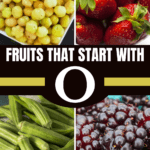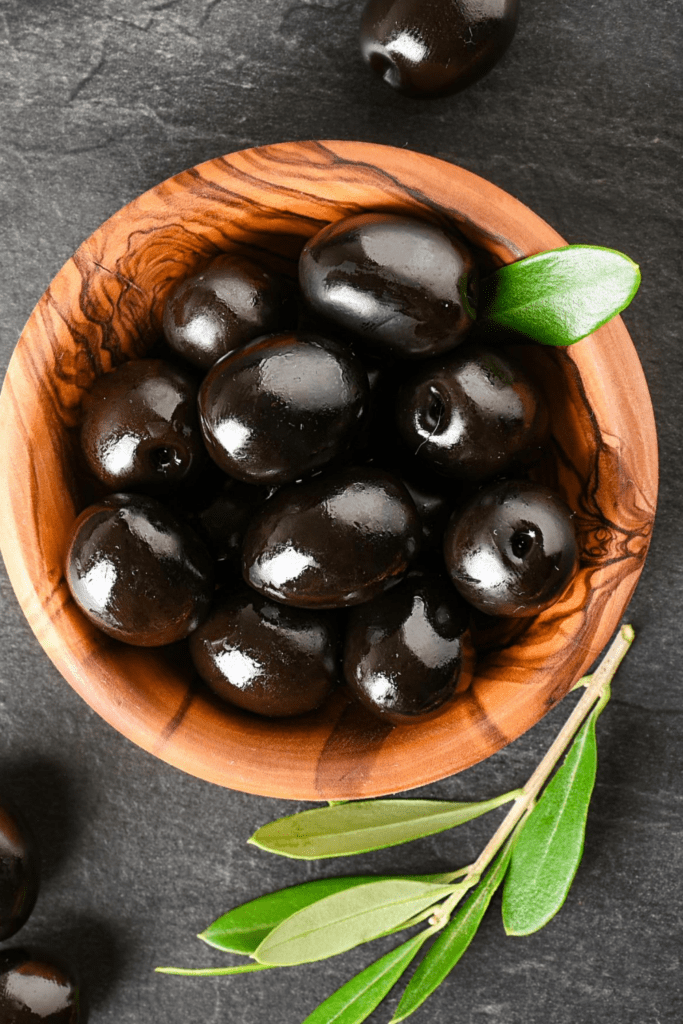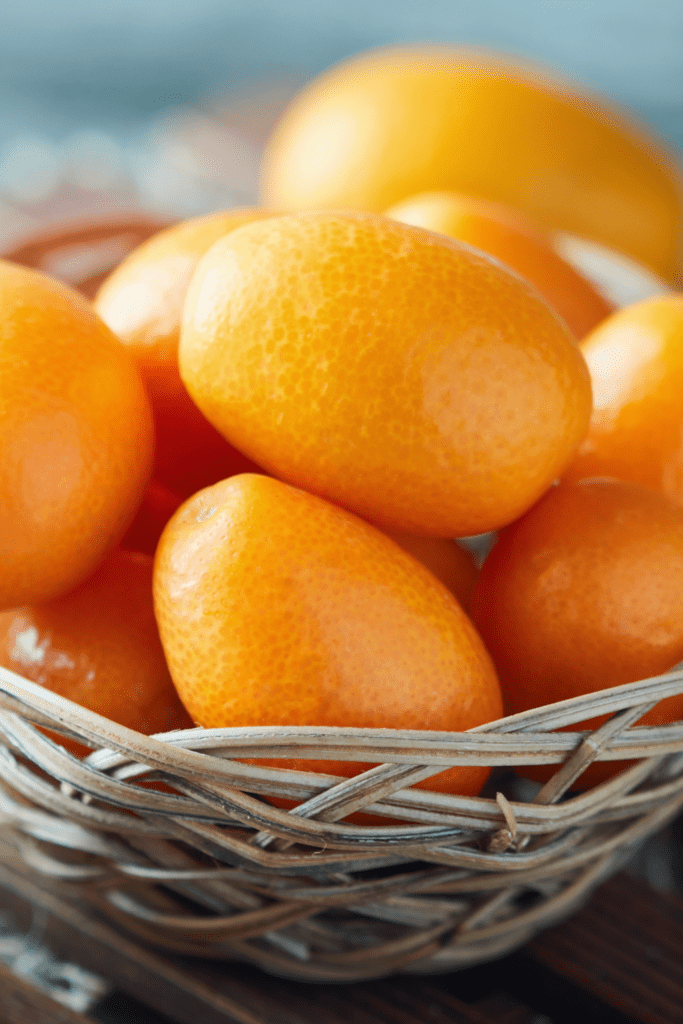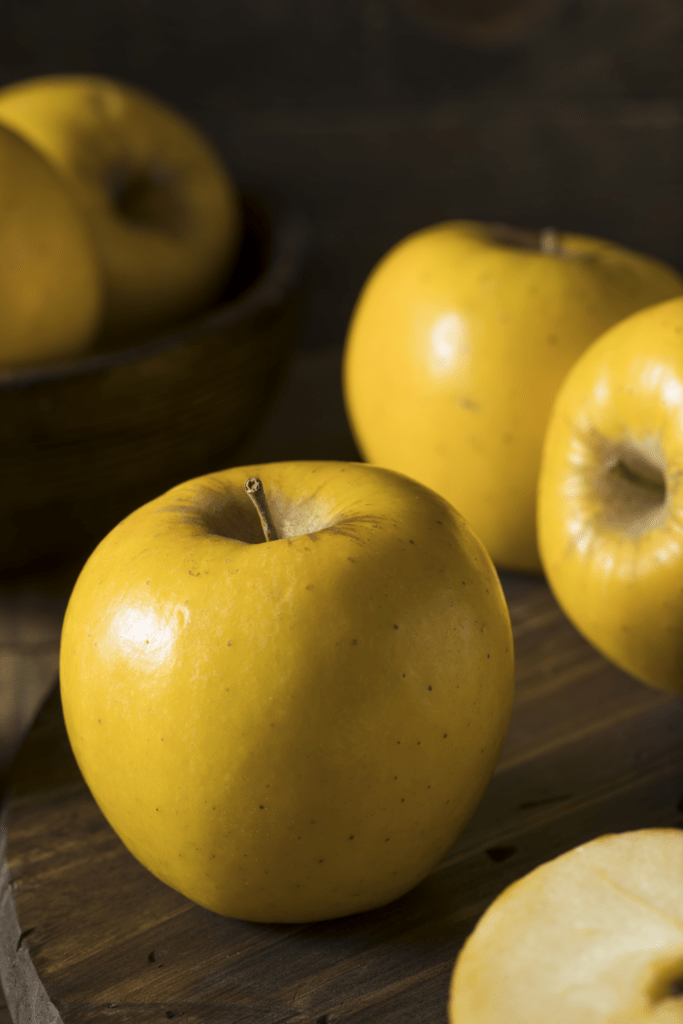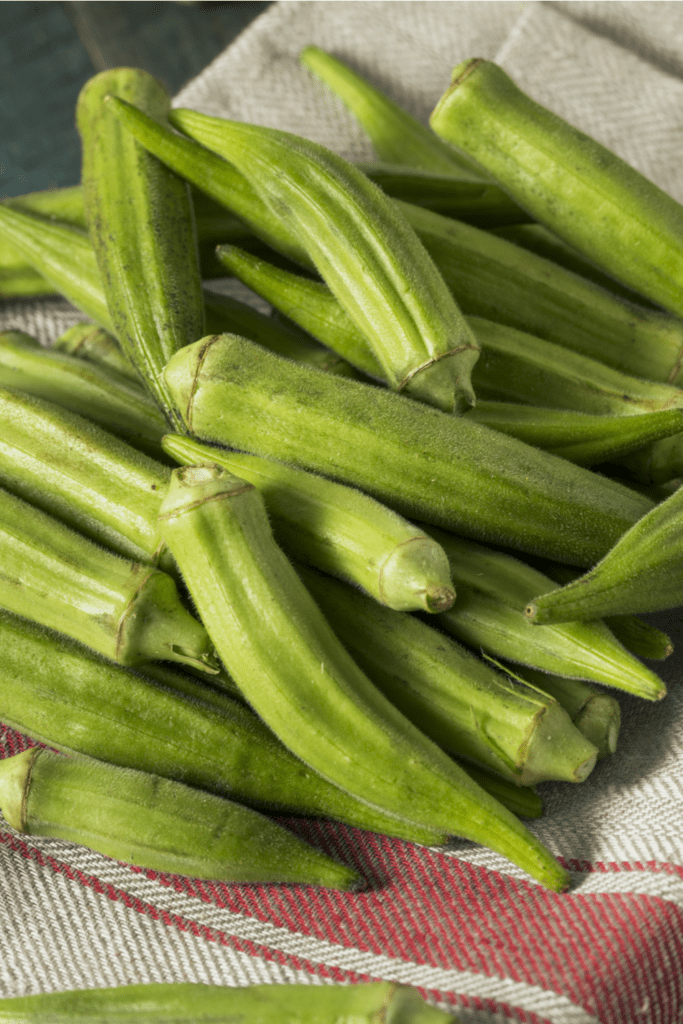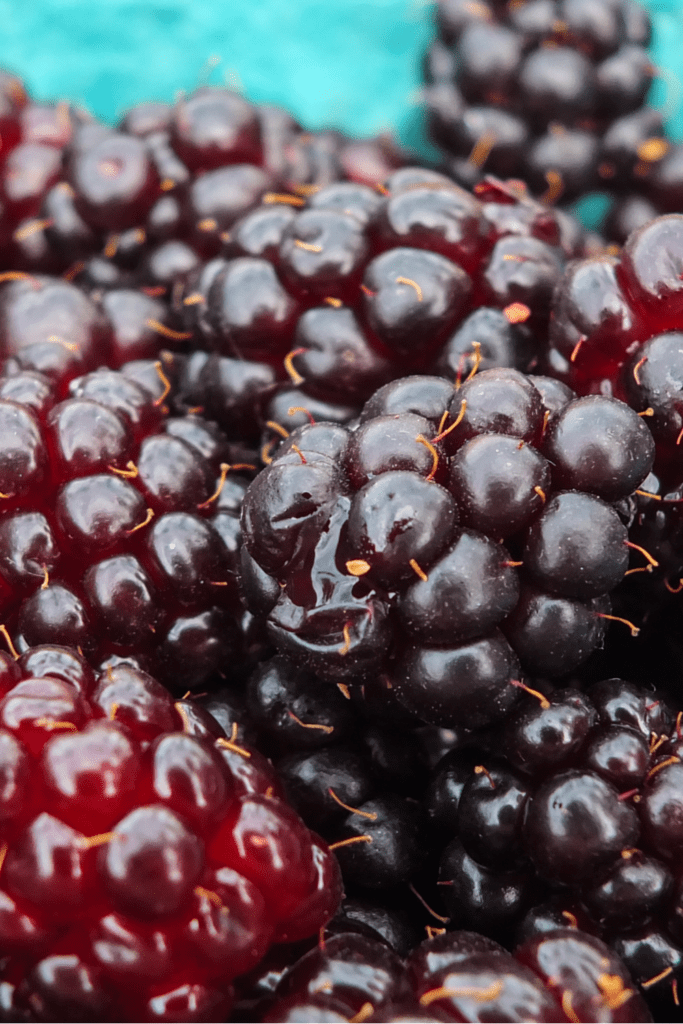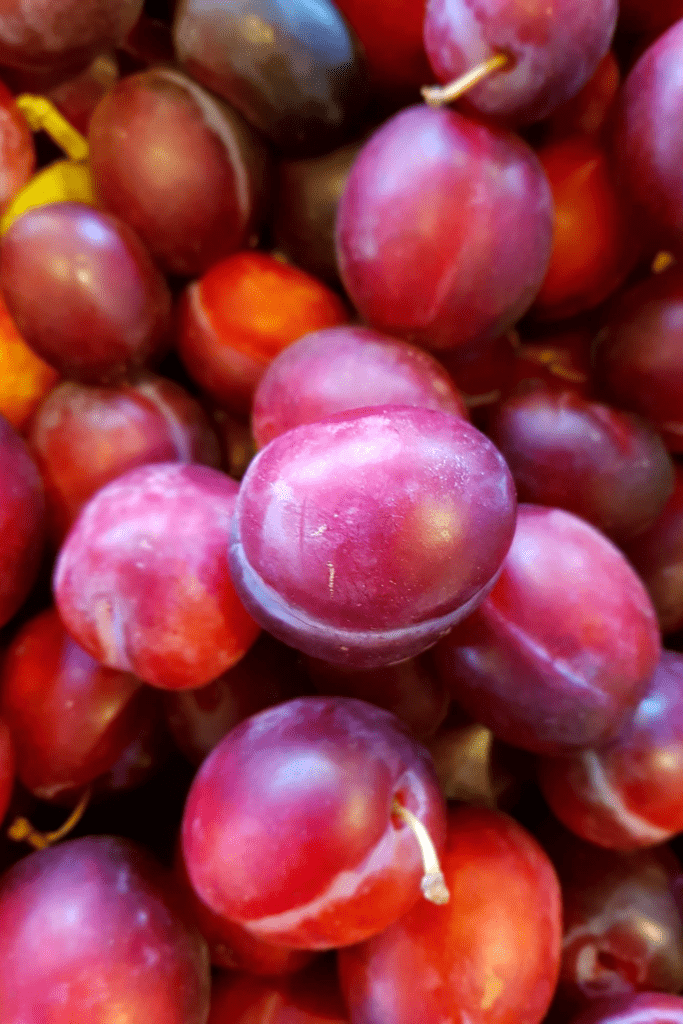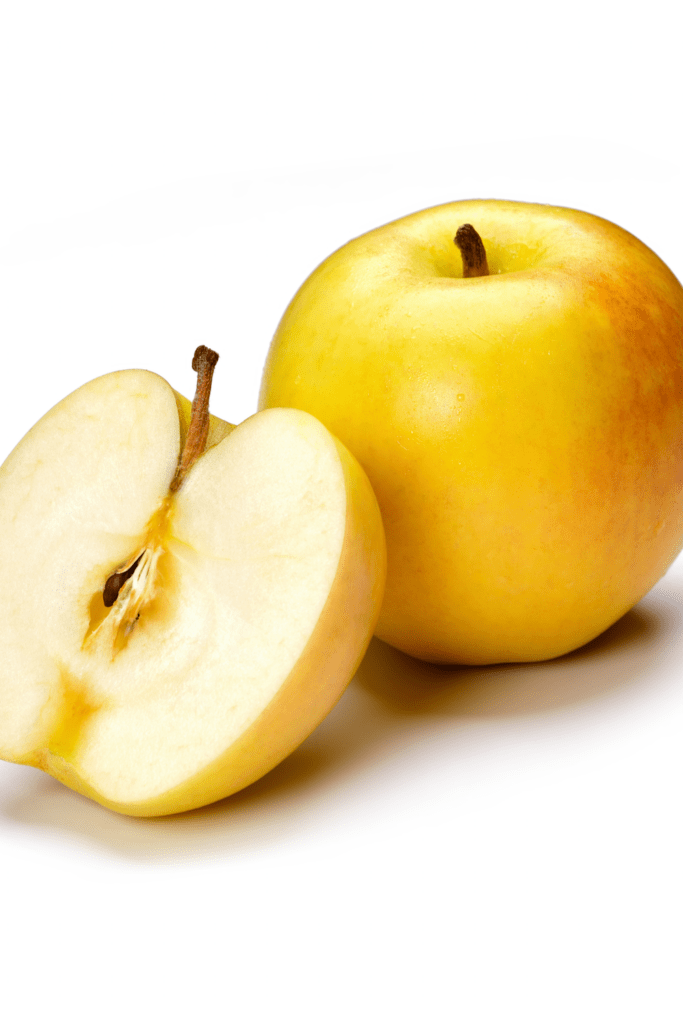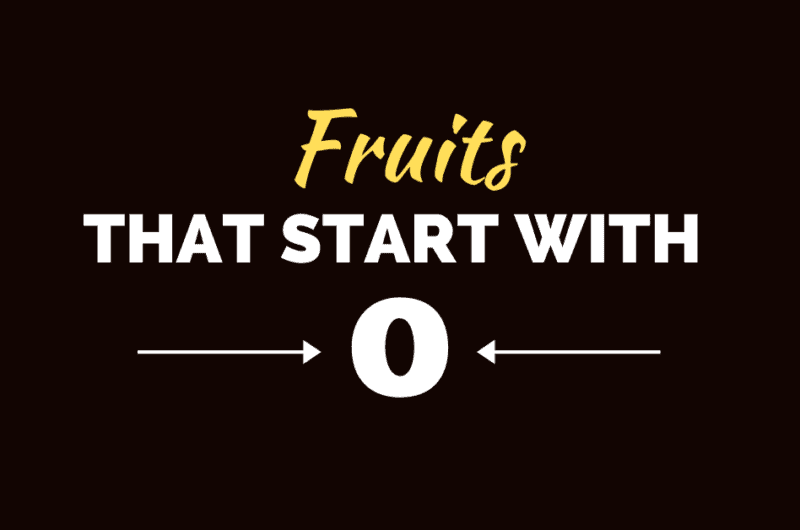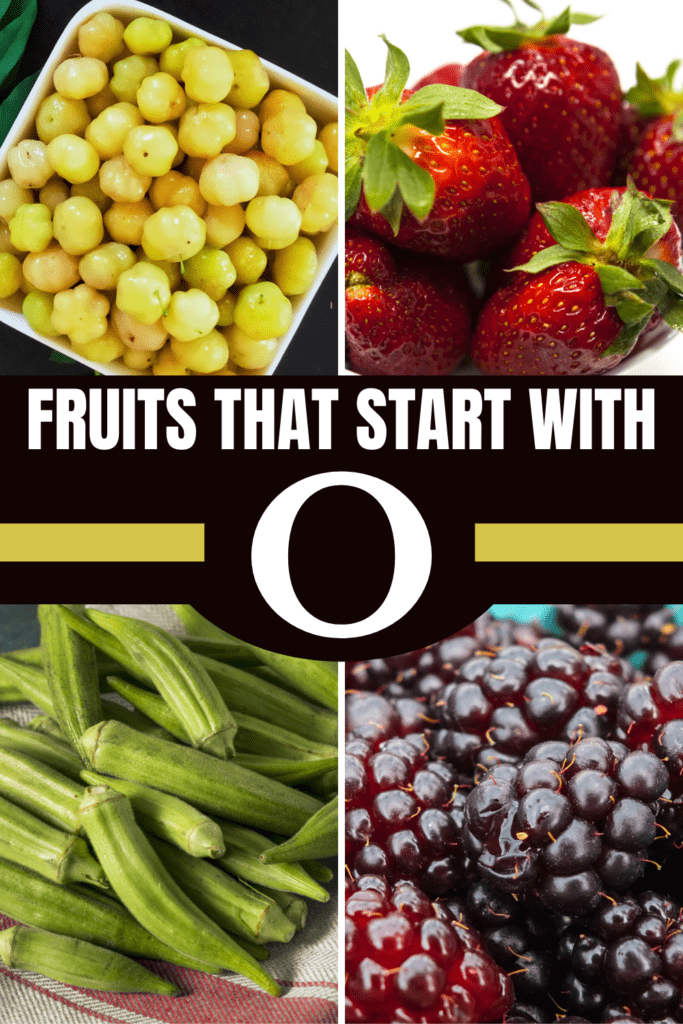Some of these fruits you’ll know, and others may be new to you. It may not be an exhaustive list, but it’s got most of the ‘O’ fruits I know. How many of these ‘O’ fruits have you tried?
1. Oranges
Oranges are probably the most well-known ‘O’ fruit there is! These apple-sized balls of orange yumminess are a favorite for snacking. They’re also perfect in lunch boxes and added to salads. Still others enjoy using them to make freshly squeezed juice to go with their breakfasts in the mornings. Whether you like mandarin, navel, or Valencia oranges, there’s probably at least one variety that you enjoy.
2. Olives
Many people don’t realize that olives are fruits, but they are. They’re considered stone fruits, much like peaches, plums, and nectarines. There are over 2,000 varieties of olives, but most people divide them into two main categories: green olives and black olives. The green ones are saltier, and people often eat them stuffed with pimentos. The black ones are a little more bitter, but they taste great on pizza!
3. Orangelo
Orangelos are the hybrid offspring of grapefruits and oranges, and they look more like grapefruits. Although they’re not quite as large, they have orange skins and pinkish-red flesh inside. Most people slice them in half and eat the flesh out with spoons. They’re sweeter than grapefruits but not quite as sweet as oranges. They’re also easy to peel.
4. Oval Kumquat Fruit
Also known as the nagami kumquat or simply the kumquat, oval kumquat fruits are bright orange and 100% edible – rind and all. The rind is sweet and chewy, while the flesh is slightly tangy. They’re more common in Asia, but they’re growing in popularity in the United States, as well.
5. Ogallala Strawberry
Ogallala strawberries are fat, succulent berries that are exceptionally sweet and juicy. They taste a bit like wild strawberries, and they’re popular because they can grow even in the cold. These are beautiful strawberries, and they’re perfect for making chocolate-covered strawberries and other pretty delicacies. They also taste great when eaten by themselves or when made into jam or jelly.
6. Opal Apple
Opal apples were created by combining topaz apples and golden delicious apples. In texture, juiciness, and crispiness, they’re almost identical to Honeycrisp apples. Their taste is somewhat different, though, ranging somewhere between fruity sweet and delicately floral. They make a very satisfying crunch when you bite into them.
7. Osteen Mango
Osteen mangoes were first created in Florida, and they’ve been highly desirable as commercially sold mangoes ever since. They weigh about a pound and have a strange, oblong-type shape. Depending on when you see them, they could be yellow, green, or red. When fully ripe, they turn almost purple. Osteen mangoes have a milder flavor than many other mangoes, but they’re still sweet and just a tiny bit tangy.
8. Ozark Beauty Strawberry
These strawberry plants are very popular with commercial growers because they grow all year long. They also produce decently sized strawberries that are sweet and surprisingly juicy. They don’t always have the traditional strawberry shape; some are often misshapen or wider than they are long, but they taste great. You can eat and enjoy them raw, but they’re even better for making jams, jellies, and other preservatives because they seem to retain their flavor better than other strawberries.
9. Ozark Gold Apple
If you’re looking for a yellow apple to use in your baking endeavors, Ozark gold apples are some of the best. They’re a type of Golden Delicious apples, but they have a unique taste. They’re juicy and sweet, but they also have an earthy, honey-like flavor that even has a bit of spice to it. The taste is hard to describe, but it lends itself well to baking and dessert apples. The apples are yellowish-orange, firm, and crispy. They can grow to medium or large sizes, and if left to grow, they’re one of the largest varieties of apples you can find.
10. Okra
Okra is one of those foods that I know from the bottom of my heart is a vegetable. However, science says it’s a fruit, so I had to add it to the list. If you’ve never had it, okra is an almost finger-shaped green pod-like fruit whose seeds are edible. In the south, people like to bread it and fry it like they do squash and other veggies. It’s also a popular addition to soups, stews, and gumbo. In other words, people almost exclusively prepare it like they prepare vegetables to eat. It’s not at all sweet, and it tastes like vegetables should taste. So despite what science says, okra will always be a vegetable in my heart.
11. Olallieberry
Olallieberries look like really long blackberries. They have the same cluster-like structure, and they’re glossy black with reddish-purple highlights here and there. People eat and use them in the same types of dishes and recipes as they would blackberries. They’re that perfect mixture of sweet and tart, and they’re very juicy. Just like blackberries, the juice will stain your fingers, tongue, and clothes. If you decide to have a few olallieberries for a snack, be careful not to get the inky purple juice all over you.
12. Orlando Tangelo
The Orlando tangelo is almost precisely like the orangelo I mentioned earlier. It’s the hybrid offspring of Dancy tangerines and Duncan grapefruits. It’s about the same size as the orangelo, but unlike the orangelo, the flesh of the Orlando tangelo is bright orange, not red or pink. Other than its slightly larger size, it looks pretty much like an orange. It’s hard to peel by hand, making it less popular than some of the other citrus fruits. If you don’t mind the extra work, you’ll be rewarded with sweet, tangy, juicy goodness.
13. Otaheite Gooseberry
Otaheite gooseberries go by many names, including Malay gooseberries, Tahitian gooseberries, arbari, West Indian gooseberries, and star gooseberries. They’re small, yellowish-orange berries that you can eat raw, cooked, or dried. In India, people also use them for medicinal purposes, including treating cancer, diabetes, stomach ulcers, and more. They’re full of antioxidants, and people often use them to make gooseberry jam.
14. Opal Plum
Of all the different plum varieties, opal plums are among the most popular in Europe, particularly in England. They’re self-fertilizing and easy to grow, which is one reason they’re so popular. However, they also taste great. They’re medium-sized, reddish-purple plums that taste almost like fruity candy. There are also hints of other flavor notes – apricots, honey, and mango – in the fruit.
15. Oullins Gage Plum
Speaking of plums with candy-like flavors, Oullins gage plums are more candy-like than all of them. They’re super sweet and incredibly juicy. Unlike most plums, they also have a beautiful, golden color that’s sprinkled with red dots. As a result, they look unlike any plum you’ve probably ever seen. *Interesting Fact: The original opal plums came from a hybridized crossing between oullins gage plums and plums known as “early favorites.” That’s probably why they both have the same sweet, candy-like taste.
16. O’Henry Peach
O’Henry peaches are large peaches with yellow, orange, and red mottled skins. The inner flesh is golden yellow and pleasantly smooth. They aren’t quite as sweet as common peaches; instead, they have a bit of an acidic taste that also contains notes of vanilla. They’re very juicy, though.
17. Orin Apple
Native to Japan, orin apples are large and come in a variety of shapes. They have yellowish-green skins and ivory-colored flesh. They’re crispy and juicy, and they have an almost tropical flavor that tastes more like pineapples or pears than apples. They’re so sweet that the Japanese people call them “sweet orin apples.”
18. Oroblanco/Oro Blanco Grapefruit
The oroblanco (sometimes separated into oro blanco or sometimes simply called “sweetie” fruit) isn’t an actual grapefruit, although the two fruits are related. They’re large, round fruits that turn from bright green to bright yellow when ripe. The fruits smell incredible, and people enjoy them because they’re seedless and easy to peel. They have a somewhat bitter/tart taste that many people enjoy; others find it too sour.
19. Ogeechee Limes
Though they start out green like “regular” limes, Ogeechee limes turn burgundy when fully ripe. They’re edible, but they’re incredibly sour and somewhat messy. Many people use them as substitutes for regular limes. For example, they use them to make limeade or squeeze them for their juice to flavor foods or to add to recipes.
20. Orient Pear
Despite common misconceptions, the Orient pear and the Asian pear aren’t the same things. In fact, the Orient pear is a crossbreed of Asian and European pears. They share the mostly round shape of the Asian pears, but their yellow color comes from the European pears. They have soft inner flesh and thick, slightly tough skins. Their taste is sweet, but it’s much milder than either the Asian or the European pear. Click on a star to rate it!
Average rating 2.8 / 5. Vote count: 4 No votes so far! Be the first to rate this post.
Share on social media: Let us improve this post!

